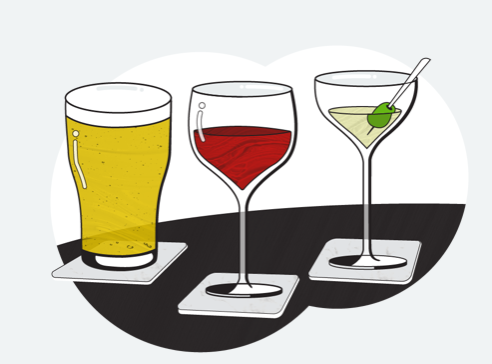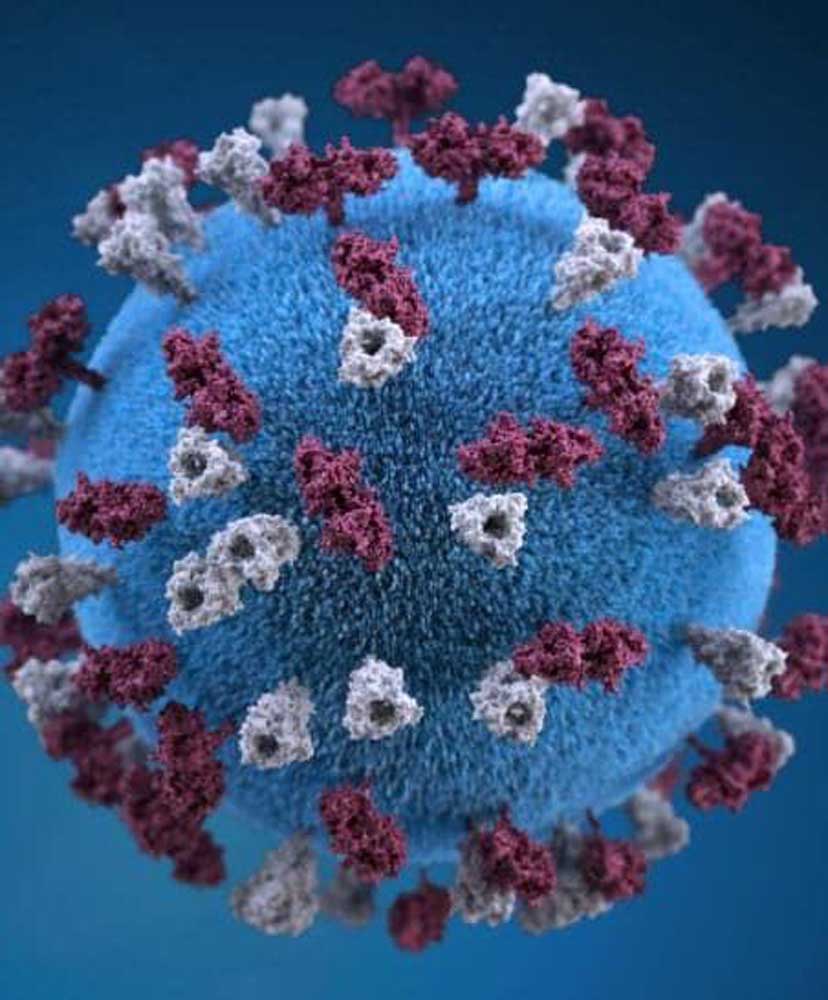Commentary: It’s time to rethink how safe alcohol is
Published 5:00 am Tuesday, January 14, 2025

- An image from the Oregon Health Authority's "Rethink the drink" campaign.
January is that time of year when we pause to examine our health habits, and U.S. Surgeon General Vivek Murthy issued an advisory with an important data point to consider: the strong link between alcohol consumption and cancer.
Murthy’s warning is a needed and long overdue step toward helping Americans better understand the effects of even moderate drinking. Ideally, it will be followed by action from policymakers and doctors that helps Americans make better choices when it comes to alcohol.
The report doesn’t highlight anything new. Experts say evidence has mounted over the past decade that even moderate drinking can increase the risk of certain cancers. And yet, as Murthy’s report emphasizes, fewer than half of U.S. adults are aware of the connection.
That lack of knowledge doesn’t surprise Shelly Greenfield, director of the Alcohol, Drug, and Addiction Clinical and Health Services Research Program at McLean Hospital in Massachusetts. Whenever she gives talks that touch on the link between alcohol and cancer, people thank her and say it’s the first they’ve heard of it. “That’s why the surgeon general’s advisory is so important,” she says. “Nobody should have that experience.”
Raising awareness about the risks is key to helping people make decisions about drinking. The messaging around what is considered “safe” when it comes to alcohol has been confusing at best. Guidelines recommend men consume no more than two standard drinks a day, and women one or less. But the truth is, no level of drinking is safe — and consumers need to hear that.
That confusion is in part by design, says Katherine Keyes, an epidemiologist at Columbia University Mailman School of Public Health. It stems from “decades of a very profitable industry pushing a message that lower levels of consumption aren’t harmful — that they can be part of a relaxing or luxury lifestyle,” she says.
It was an easy narrative to push. For years, the research was clear on the harms of heavy drinking: liver damage, pancreatitis, heart disease, oral and liver cancers, to name a few. But the data on low-to-moderate drinking left a lot to interpretation, with some studies pointing to risks and others suggesting benefits. Anyone who loves a glass of red wine with dinner surely appreciated the decades of headlines heralding the habit as protective against heart disease. Now the evidence is considered murky at best.
Today, public health researchers have a lot more information on the long-term effects of alcohol use, and cancer should be on everyone’s radar. Women, in particular, should heed the advisory. Data show a disturbing rise in problematic drinking among women, including binge drinking among college-age women, alcohol-related liver disease among middle-age women, and deaths due to alcohol.
Women are more susceptible to alcohol’s negative effects, and at a much lower level of consumption than men. That’s due to a biological trifecta of having less water to dilute alcohol, more fat to retain it, and less of an enzyme that breaks it down before it hits the bloodstream.
And while alcohol has been linked to several cancers, Murthy’s report points to breast cancer as the greatest risk. Some 16.4% of the 270,000 breast cancer cases in the US are connected to drinking.
So, does all this mean you need to give up alcohol altogether? Not necessarily. “It’s not all or nothing; abstinence or let it flow,” Keyes says. Reducing the amount of alcohol you’re drinking can improve your health — even if you don’t quit.
And there are plenty of things that can be done from a policy standpoint to encourage safer habits. “We get into cars, right? Yet there’s no safe car ride,” Keyes says.








